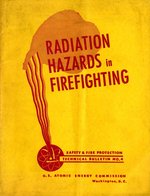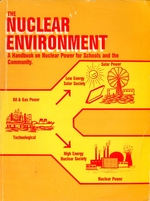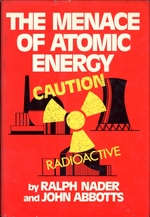Despite strict procedural control and pressure from a safety-conscious public, accidents did happen.1 Famously, the 1979 partial meltdown of the Three Mile Island reactor occurred after coolant levels were compromised by a malfunctioning valve.2 This proved to be the largest American industrial nuclear disaster in history, releasing large quantities of radioactive material into the air and severely alarming the American public.
The danger of radiation leaks through the disposal of radioactive waste materials was another concern for experts and the general public alike.345 Some countries, such as Belgium, attempted to solve the safe-storage problem by creating subterranean warehouses known as "deep geological repositories." These spaces were expensive to build however, and did not preclude the potential for groundwater and soil contamination.
Nuclear safety has progressed significantly since World War II, but radiation contamination remains a problem to this day. Fortunately, growth in the industry as a whole continues to lead to major advances in health and safety, greatly reducing the risk of injury and death.
Notes
- 2483. Moe, H.J., et al. Argonne National Laboratory Radiation Safety Technician Training Course. Oak Ridge: USAEC, 1966. TK9152 .M64 1966. Return to text ↑
- 2263. Accident at the Three Mile Island Nuclear Powerplant Washington: USGPO, 1979-1980. Return to text ↑
- 2293. Berrill, N.J. "The Menace of Radiation." The Atlantic, Volume 196, Number 4. Boston: The Atlantic Monthly, October 1955. Return to text ↑
- 2455. Lipschutz, Ronnie D. Radioactive Waste: Politics, Technology, and Risk. A Report to the Union of Concerned Scientists. Cambridge: Ballinger, 1980. TD898 .L56 1980. Return to text ↑
- 2416. Nuclear Radiation in Geophysics Ed. Israel, H. & A. Krebs. New York: Academic Press, 1962. QC809.N8 I8 1962. Return to text ↑




